My Dr’s Orders: Hit on Men
I was terribly shy when I was a teenager. I worked on this problem and overcame it. But when I moved to the US my shyness returned in a strange form. I was fine around Russians but shy around Americans. At first I assumed that it was a language problem.
I became friends with a Russian sexologist and psychotherapist. He pointed out that I never initiated a conversation with Americans and so I realized that my shyness had returned. He prescribed an exercise for me: I had to invite a new American guy to lunch once a week.
Why guys? Maybe because he was a sexologist or maybe because my problems with self-esteem were more pronounced when I was around men. In any case, I decided to do the exercise.
To paint the full picture I need to add some relevant details. At that time I was married, although I didn’t wear a ring, and wasn’t especially interested in other men. The reason I didn’t wear a ring was that Joseph, my husband at the time, did not himself want to wear a ring. As I love symmetry in relationships more than I love rings, I didn’t wear one either.
The men I was about to invite to lunch were mere acquaintances, because I had not yet made any American friends. So although I didn’t intend to hide it, they may not have realized that I was married.
Two things surprised me in this exercise. First, it was very easy. Most people agreed to do lunch with me.
Second, every man I invited mentioned his girlfriend. This was unexpected. From my experience with Russians, I anticipated that every man would hide his involvement with someone else, even with a wife, at least for some time. At the very least, many Russian men would try to flirt.
The Americans were different. Unclear why I had invited them out, they wanted to be upfront with me from the start, just in case I was interested in them. Since that experience, I admire the way that American men come clean.
I never invited any of these guys out twice: I just needed a supply of new men for my exercise in overcoming my shyness. I wonder if they thought I was put off by their confessions. Perhaps my loss of interest in them after the first lunch confirmed their suspicions that I was attracted to them.
The sexologist’s exercise was a success. Today I have no trouble inviting someone to lunch.
Share: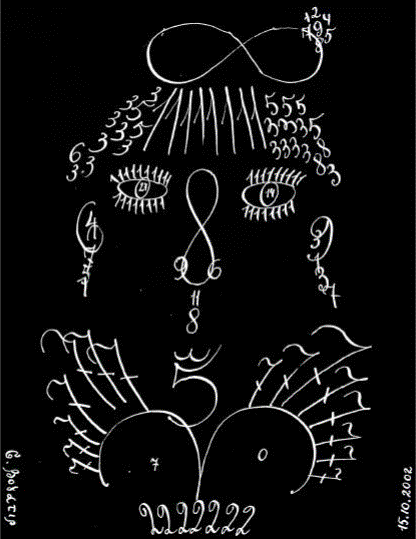 I am used to thinking that a “woman in numbers” means a female number theorist. But not anymore. I just discovered drawings by
I am used to thinking that a “woman in numbers” means a female number theorist. But not anymore. I just discovered drawings by 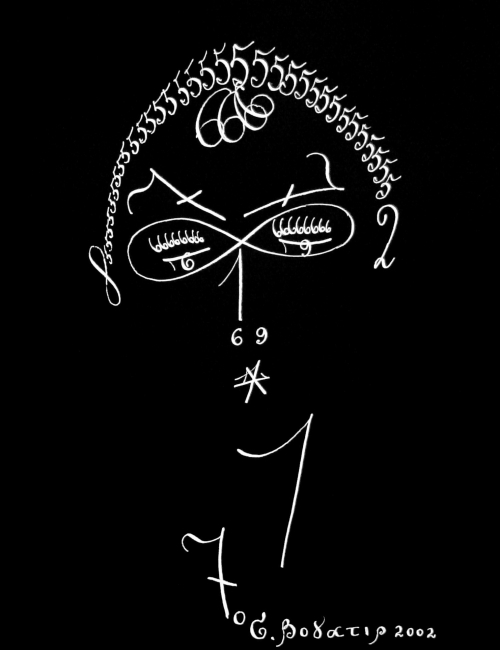
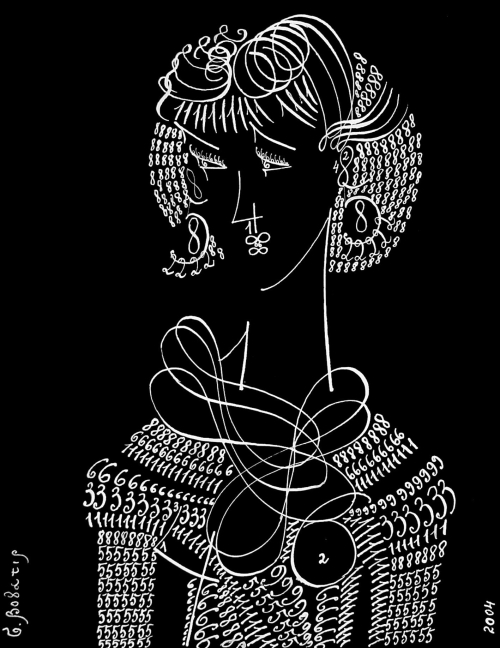
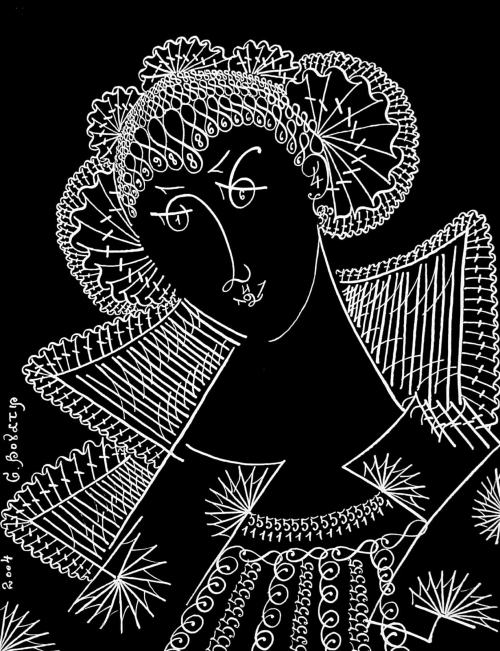
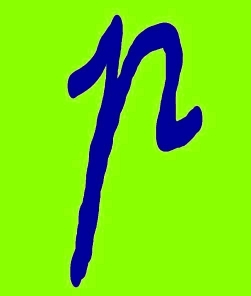 This year I am again on the organizing committee of the
This year I am again on the organizing committee of the 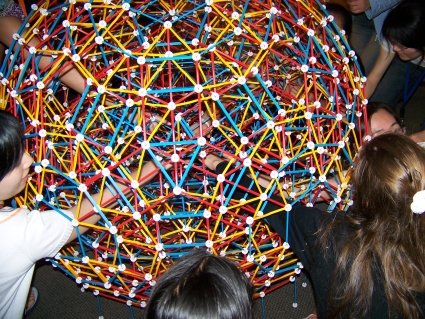 Last year I promised to hold a math party during the program. But I had to cancel it due to a scheduling conflict with
Last year I promised to hold a math party during the program. But I had to cancel it due to a scheduling conflict with 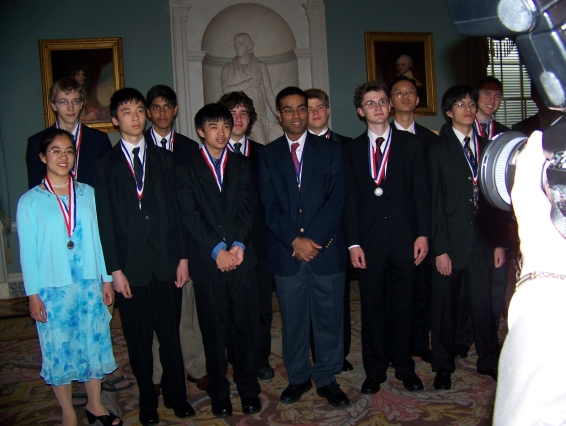 A new study is out. Dr. Satoshi Kanazawa blogged about his new discovery. He claims that he can explain why many studies show that men have higher intelligence than women. In his posting
A new study is out. Dr. Satoshi Kanazawa blogged about his new discovery. He claims that he can explain why many studies show that men have higher intelligence than women. In his posting  I bought the book “
I bought the book “